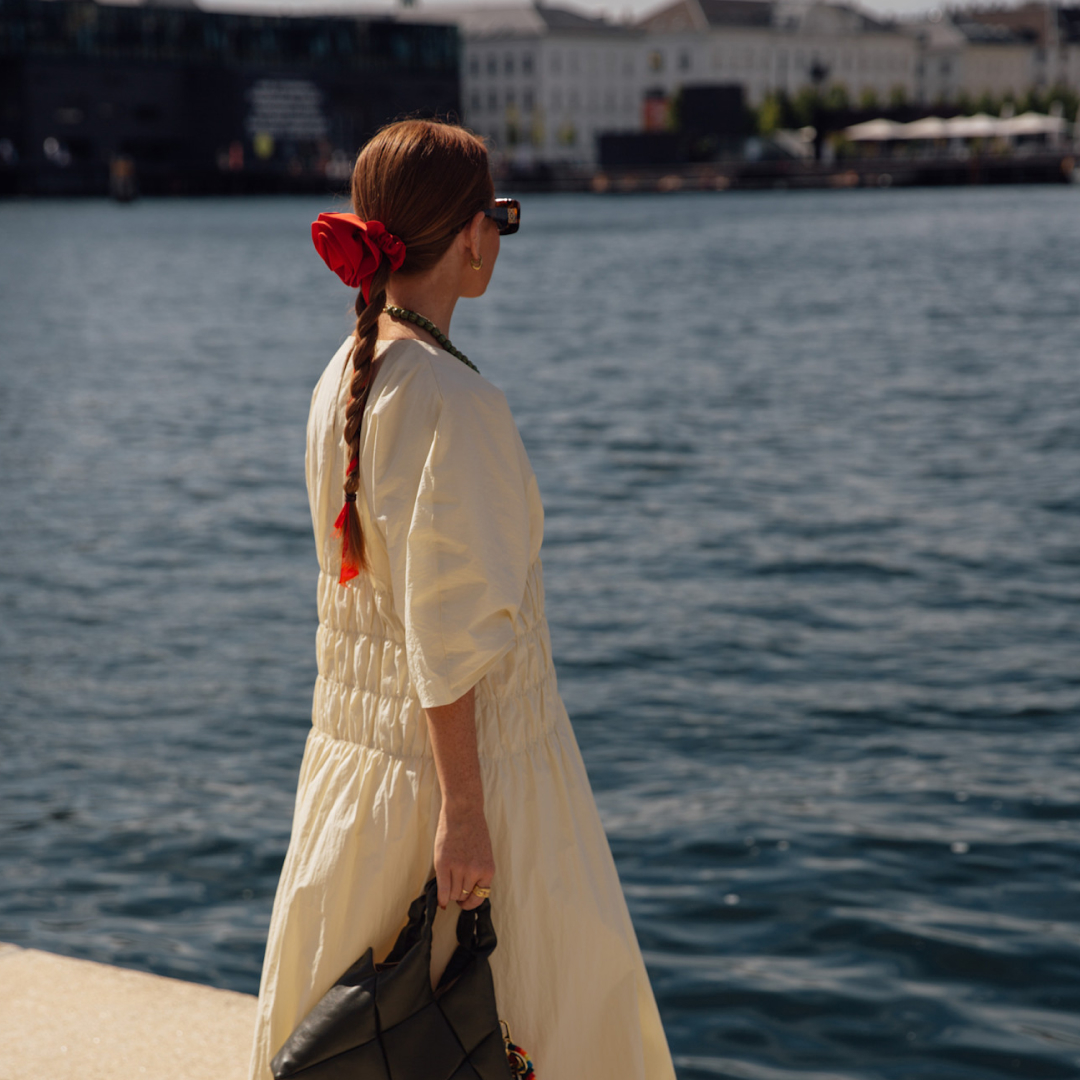
There wasn't the usual line at the counter of Copenhagen accessories store Pico on a late Tuesday morning this August, at the start of the Nordic fashion week's Spring/Summer 2024 season. There was a small crowd.
Women speaking English, Spanish, and Danish pored over trays of rhinestone-festooned hair claws, each one lovingly lined up like pastries displayed in a bakery window. Hands dipped into glass jars that looked like they were made for Willy Wonka bonbons and chocolate bars—but instead, they housed satin rosette hair clips the size of an extra-large fist. Shoppers stood shoulder-to-shoulder, squinting into antique wooden pharmacy cases where ribbon chokers set with golden bow charms sparkled on hangers.
Over the chatter and try-on sessions with baroque handheld mirrors, one shopper asked a sales associate, "So, did you all, like, invent the hair clip?"
The accurate answer is no, not even close. Bedazzled claw clips and rosette scrunchies are as much an eternal part of the Scandi fashion landscape as skirt-over-pants outfits and flouncy, puff-sleeve dresses paired with trendy sneakers (all worn while riding a bike). Several designers on the official Copenhagen Fashion Week calendar sell their own versions; so do regional retailers and the likes of Amazon. But eavesdroppers who are even vaguely familiar with the city's fashion scene—like myself, a fashion editor and Copenhagen Fashion Week veteran—can't blame shoppers for assuming Pico is the birthplace of the extra over-the-top hair accessory. It's the place everyone goes to buy them when they're in town.
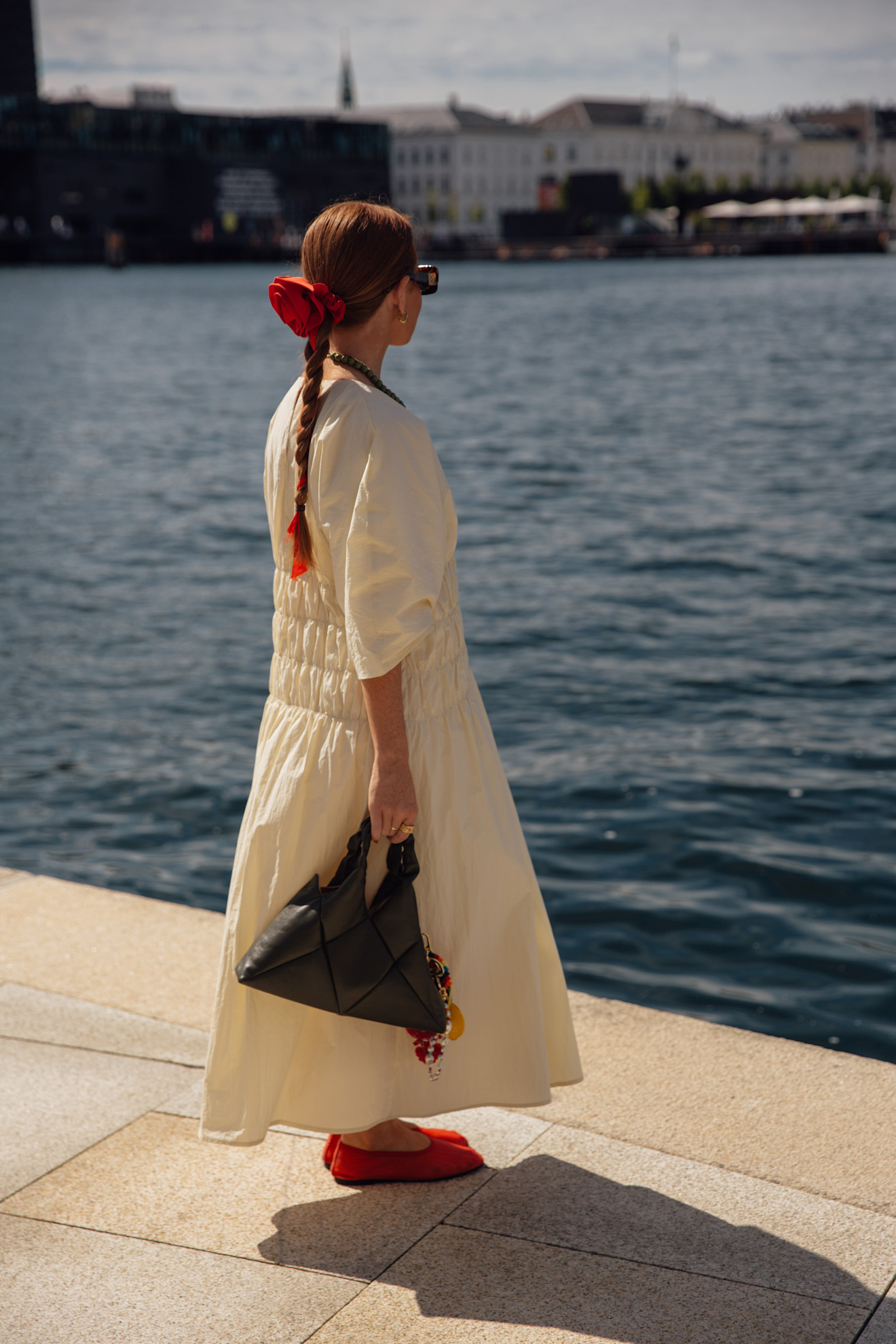
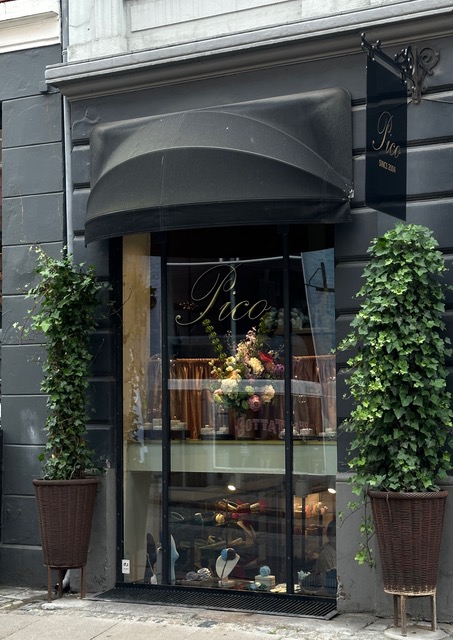
Since founder Anne-Marie Pico opened her first of four stores in 2004, her namesake accessories emporium has steadily gained an international following from Spain to Sweden to the United States. For locals, it's a convenient spot to pick up a handy accessory that also reflects their personal style. For out-of-town visitors—especially editors parachuting in during fashion week—it's a destination for a souvenir that's also suited to a street-style photoshoot. Three of the four times I've attended market in the city, I've traveled home with a bag full of Pico earrings, rhinestone-lined hair claws, and oversize scrunchies. So have the editors seated alongside me at shows.
Pico is as much about a mindset—tapping into one's inner child and her box of hair accessories—as it is about pure shopping. "It’s the feeling! It reminds me of visiting Claire’s as a kid," Linda Cui Zhang, associate fashion director at Nordstrom, tells me. "The space brims with eye candy." So much so, she visited twice in one Copenhagen Fashion Week trip to take it all in. And, to buy a multipurpose satin flower pin.
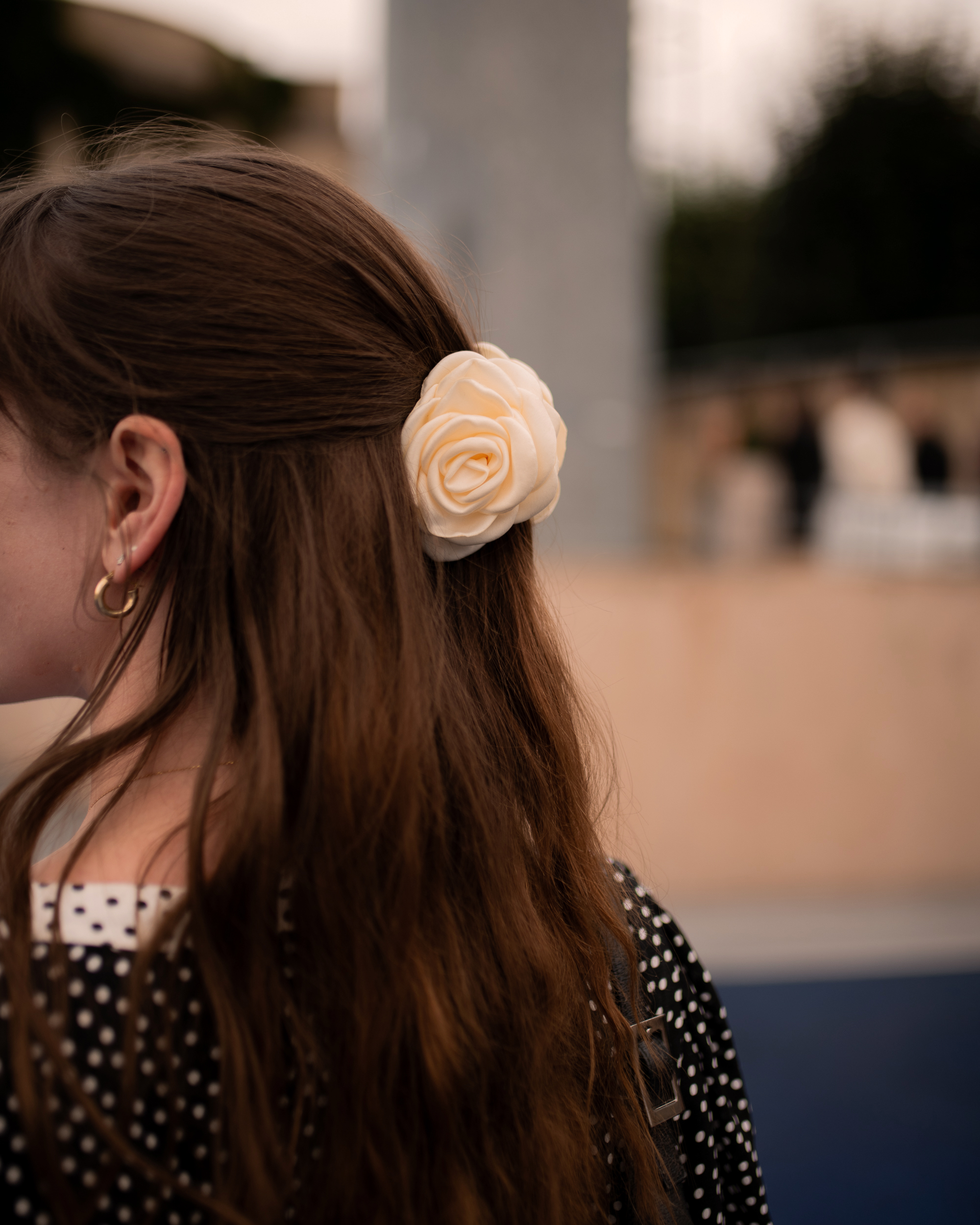
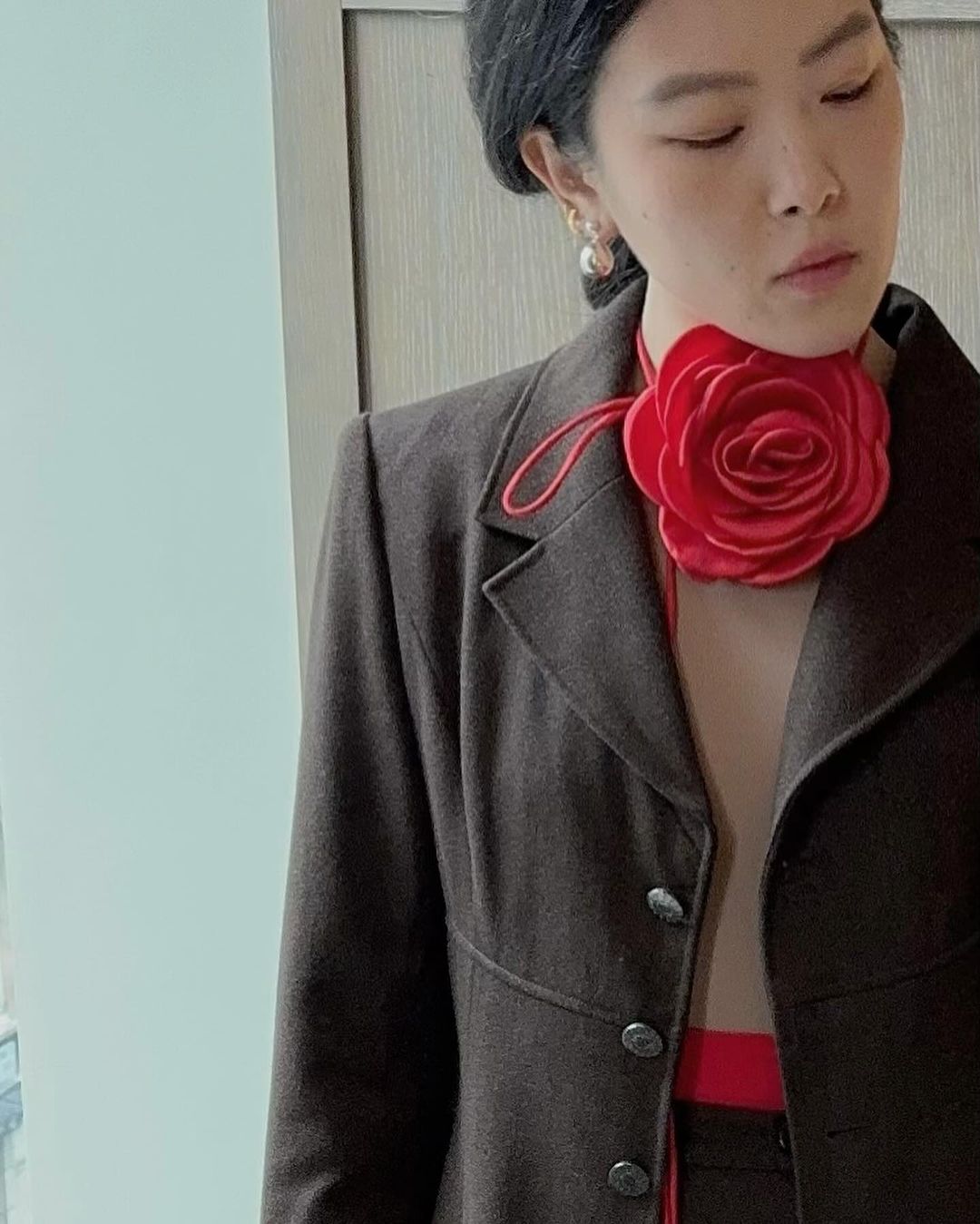
Even people who haven't set foot in the shop—or Copenhagen's city limits—daydream about clipping a striped Pico barrette into their hair, like Elizabeth Cardinal Tamkin, personal stylist and founder of the newsletter The Corner Booth. "I was initially drawn to the brand because of its romantic hair accessories in bright, bold shades," she says. "I’ve stuck around as a follower because I like how they show accessories styled in original ways on their page. Two rosettes in a ponytail? Cool! They would be at the top of my list if I visited Copenhagen."
Beauty editor Daise Bedolla can't remember how she first found out about Pico, but after she did, one tap of the "Follow" button on Instagram was enough to make her request new clips whenever a friend visited Copenhagen.
"If you're a beauty fan like me or if you just enjoy hair, then it feels a little bit like you're a kid that's loose in a candy store," Bedolla tells me. Between the vintage candy shop decor and the rainbow-colored assortment of bows, flowers, and pins, "I think it's very easy to go overboard in there. Literally when anyone who I know is going, I will send them screenshots of what I like and see if they have any. Sometimes, they'll bring me what I asked for; sometimes, they'll surprise me with something new."
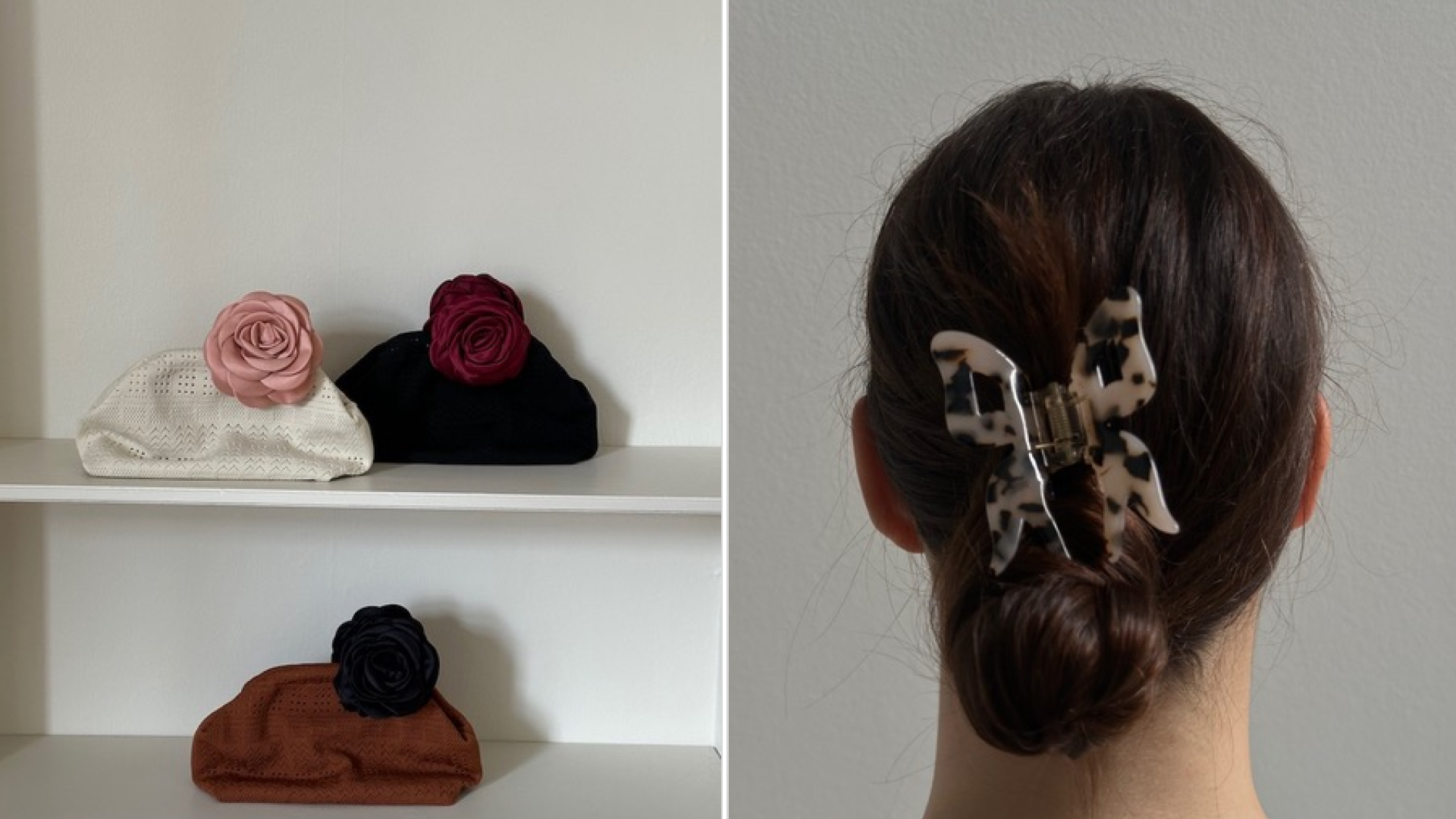
Bedolla and Cardinal's stories sounds familiar to Anne-Marie Pico, who's presided over her namesake accessories kingdom for going on twenty years. "It is not uncommon for our foreign customers to have entire lists from their friends of things they have been sent to our store to buy," she tells me in an email.
Pico's 50,000 Instagram followers and its network of international fans wouldn't recognize the brand in its earliest iteration. It didn't even sell hair accessories at the start. Anne-Marie actually began designing jewelry, and it was earrings, rings, and bracelets that filled her first retail location back in 2004. Then customers started asking for hair clips to go with their gold jewelry; Pico (the person) couldn't find anything existing in the market already that felt nice enough to sell.
Her first hair-centric design was a small, star hairpin, available in three colors. To say it took off is an understatement: "To meet the demand, we soon had to make them in 20 different colors with glitter," Pico says. Then came headbands, scrunchies, and hair claws, with such strong sales that the brand needed to take over the neighboring store space to have room for them all.
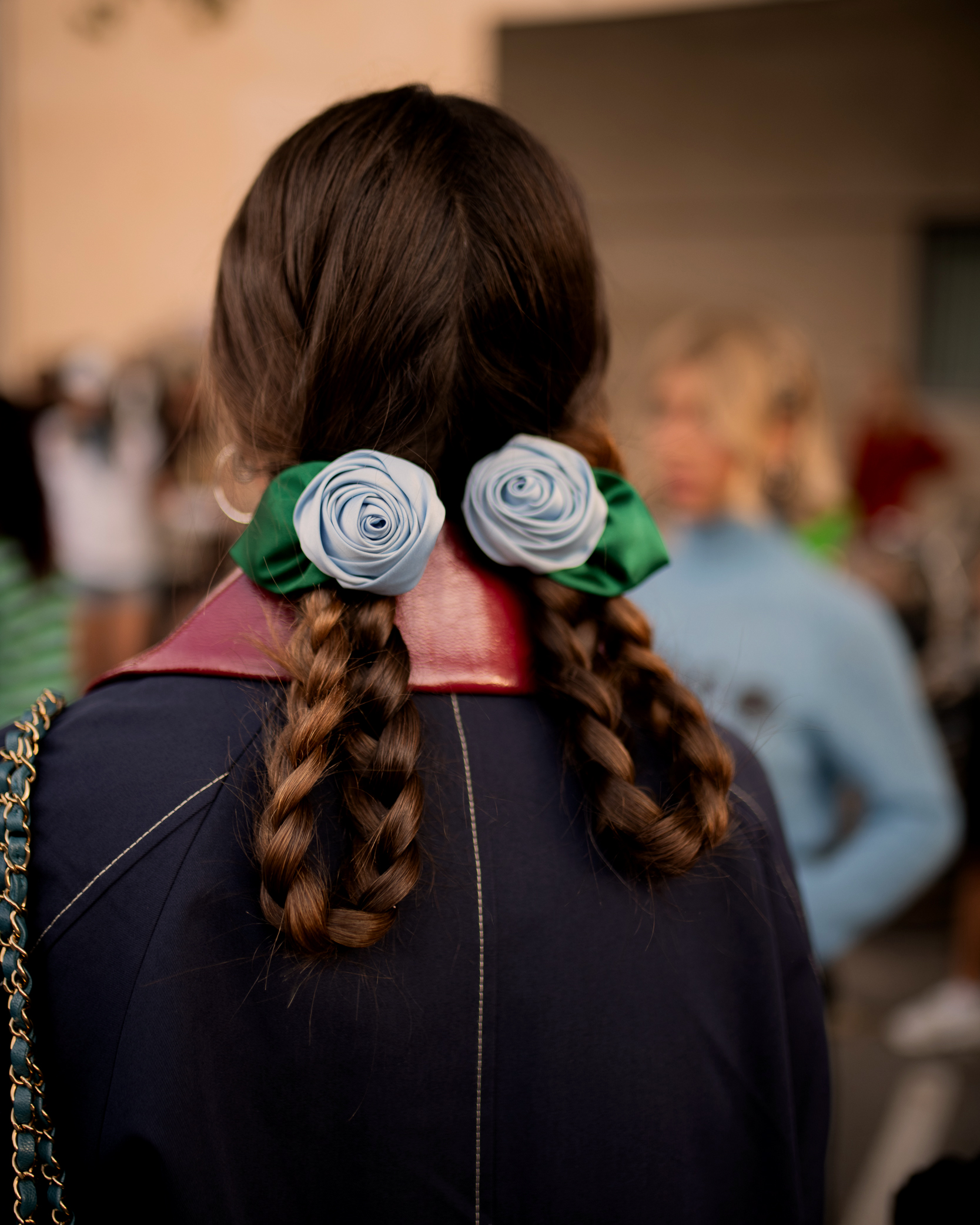
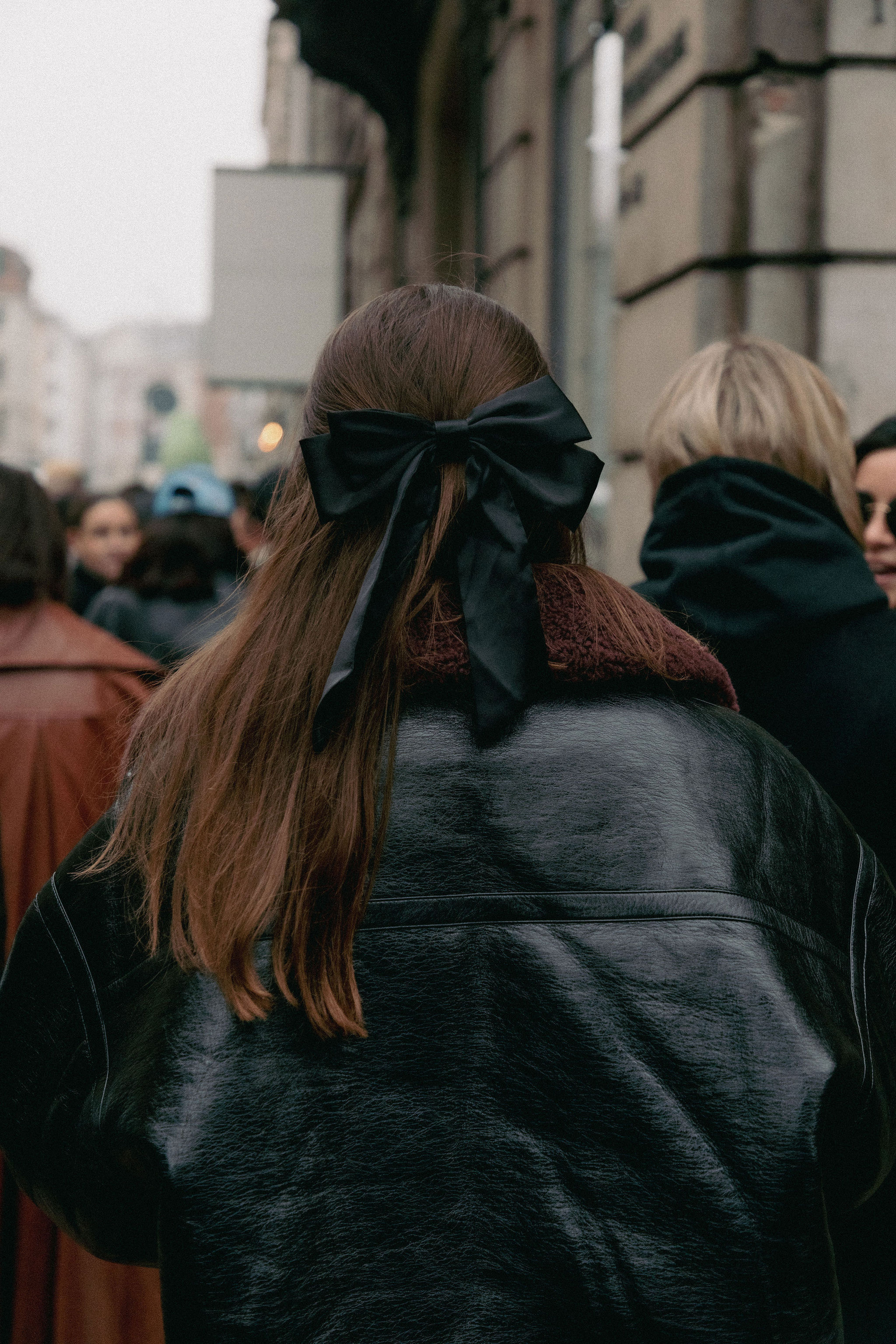
Nowadays, Pico encompasses four retail locations in Denmark, a few wholesale accounts in Europe and Japan, and an online store selling a fraction of its overall in-store collection. The jewelry is still made by hand in a workshop above one of the stores; fresh twists on its decadent clips and headbands arrive seasonally (and are priced reasonably enough that they never go on sale). While a passport isn't a requirement to visit, there's a magic to visiting the store that online shopping can't quite replicate.
Bedolla also notes the wide variety: There are clip sizes that can accommodate every hair type, and jewelry that ranges from the dainty and lightweight to the oversize and exaggerated. But it's the experience that's the overall draw. "At a time when I'm really bored by online shopping, going somewhere where it feels like you're discovering something new and yes, it looks pretty, is really fun."
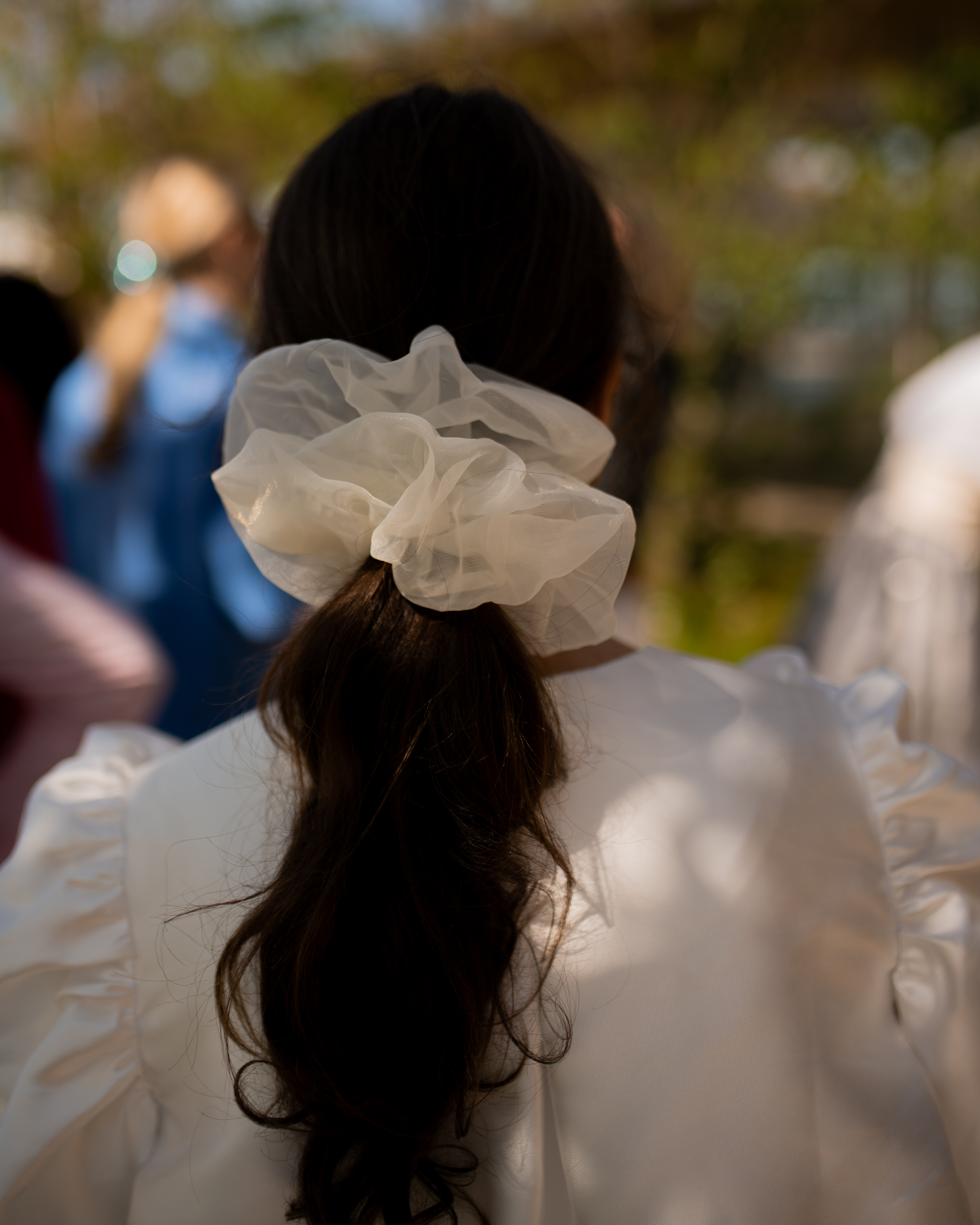
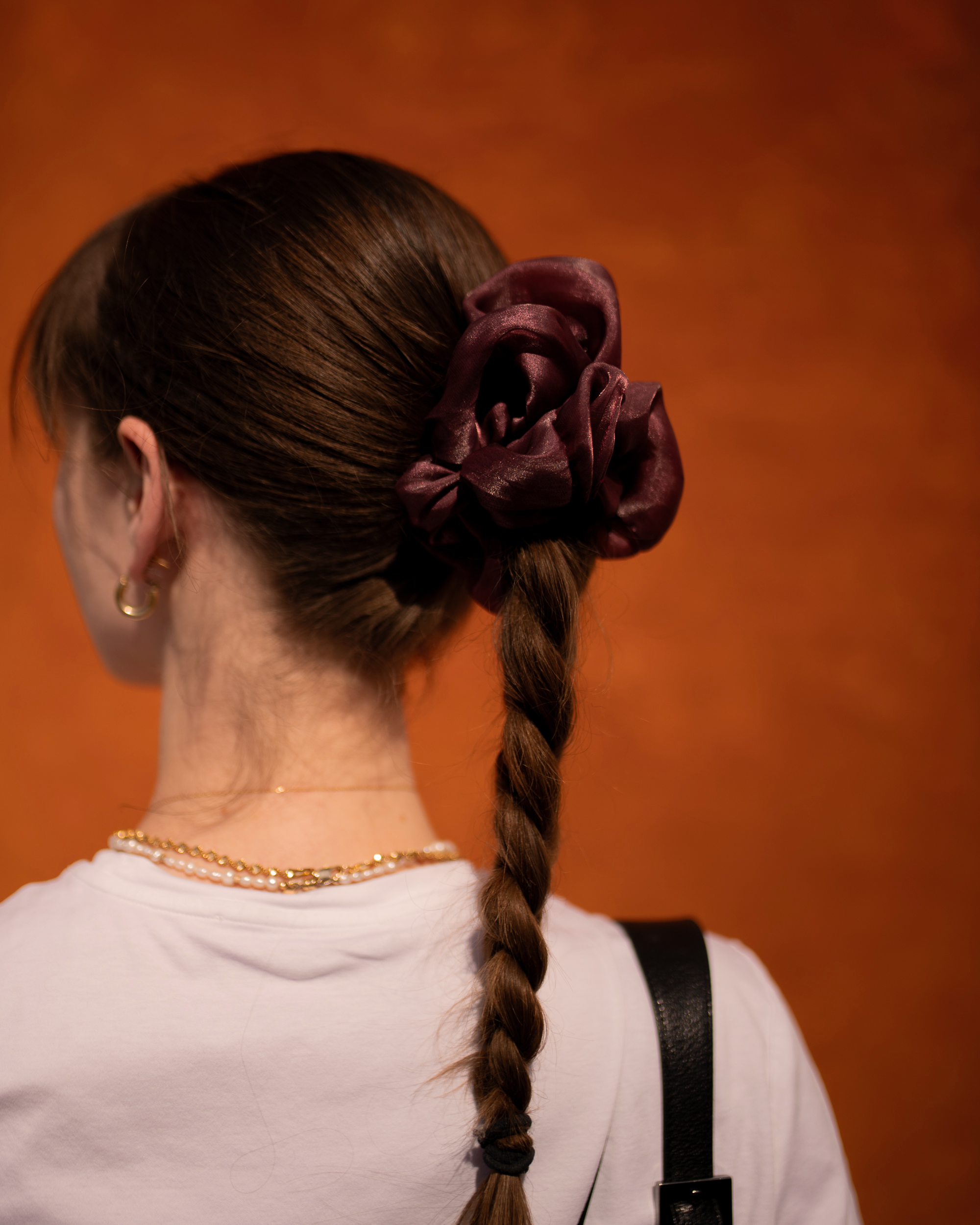
On the day I most recently visited Pico, I left with five new clips of my own and a sense that interest from abroad isn't going anywhere. Minutes later, I ran into a gaggle of American and British colleagues en route to their own earring and ribbon shopping spree.
As word gets around, online sales are growing, with 25 percent of orders headed to international addresses. And on the other end of the computer, there's someone plotting to make it over to the store in-person—or sending a friend on their behalf.







